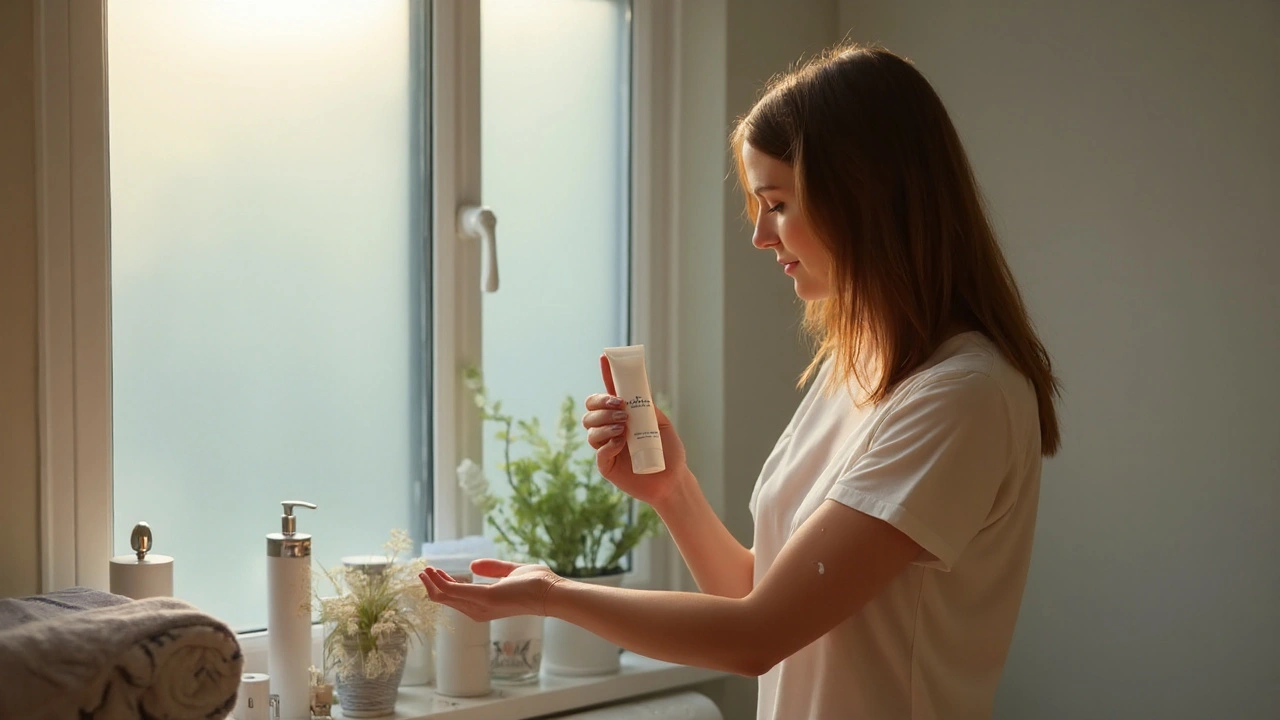Actinic Keratosis – Simple Facts and What to Do Next
If you’ve noticed a rough, scaly patch on a sun‑exposed spot, you might be looking at actinic keratosis (AK). It’s not a mystery disease – it’s a skin change caused by years of UV exposure. While most AK spots stay harmless, a few can turn into squamous cell carcinoma, so it’s worth knowing the basics.
What Is Actinic Keratosis?
Actinic keratosis is a tiny growth that appears on skin that’s seen a lot of sunshine. It usually shows up on the face, ears, scalp, forearms, or hands. The texture feels rough, like sandpaper, and colour can range from pink to brown. Sometimes it looks like a small wart, and it may itch or bleed if you scratch it.
The main driver is UV radiation – both from the sun and from tanning beds. People with fair skin, light hair, or a history of sunburns are more likely to develop AK. Age matters too; most cases show up after 40, when the skin has collected decades of UV damage.
Even though AK is technically a pre‑cancerous lesion, most never become cancerous. The risk of a single spot turning malignant is low, but having many spots raises the odds. That’s why doctors often treat visible AKs even if they’re not causing trouble yet.
How to Treat and Prevent It
When you see an AK, the fastest route is to book a skin check with a dermatologist. They’ll decide if the spot needs removal or if you can watch it. Common treatment options include:
- Cryotherapy: Freezing the lesion with liquid nitrogen. It’s quick, cheap, and works well for small spots.
- Topical creams: Drugs like fluorouracil or imiquimod are applied at home for a couple of weeks. They clear the abnormal cells but may cause redness and peeling.
- Photodynamic therapy (PDT): A light‑sensitive gel is put on the skin, then the area is exposed to a special light. It targets many AKs at once.
- Excison or curettage: Cutting out or scraping off larger lesions. Usually done under local anaesthesia.
All these methods aim to remove the damaged cells before they can become cancerous. Your doctor will choose based on the number of spots, their size, and your skin type.
Prevention is where you can take the most control. Here are the easiest habits to adopt:
- Use a broad‑spectrum sunscreen with SPF 30 or higher every day, even when it’s cloudy.
- Reapply sunscreen every two hours outdoors, and after swimming or sweating.
- Wear protective clothing – long sleeves, wide‑brim hats, and UV‑blocking sunglasses.
- Avoid peak sun hours (10 am‑4 pm) when UV rays are strongest.
- Skip tanning beds; they deliver intense UV just like a sunny day.
Regular skin checks are another key step. If you’ve had one AK, you’re more likely to develop another, so a yearly exam helps catch new spots early.
Bottom line: actinic keratosis is a warning sign that your skin has taken too much UV damage. It’s usually easy to treat, but the best strategy is to keep the sun at bay and see a dermatologist when you spot any rough patches. Stay proactive, protect your skin, and you’ll lower the chance of a small spot turning into something serious.
Aldara Cream Guide: Uses, Application Tips & What to Expect in 2025
Discover what Aldara Cream does, how to apply it correctly, side‑effects to watch for, cost facts and alternatives. Practical tips for safe use in 2025.
